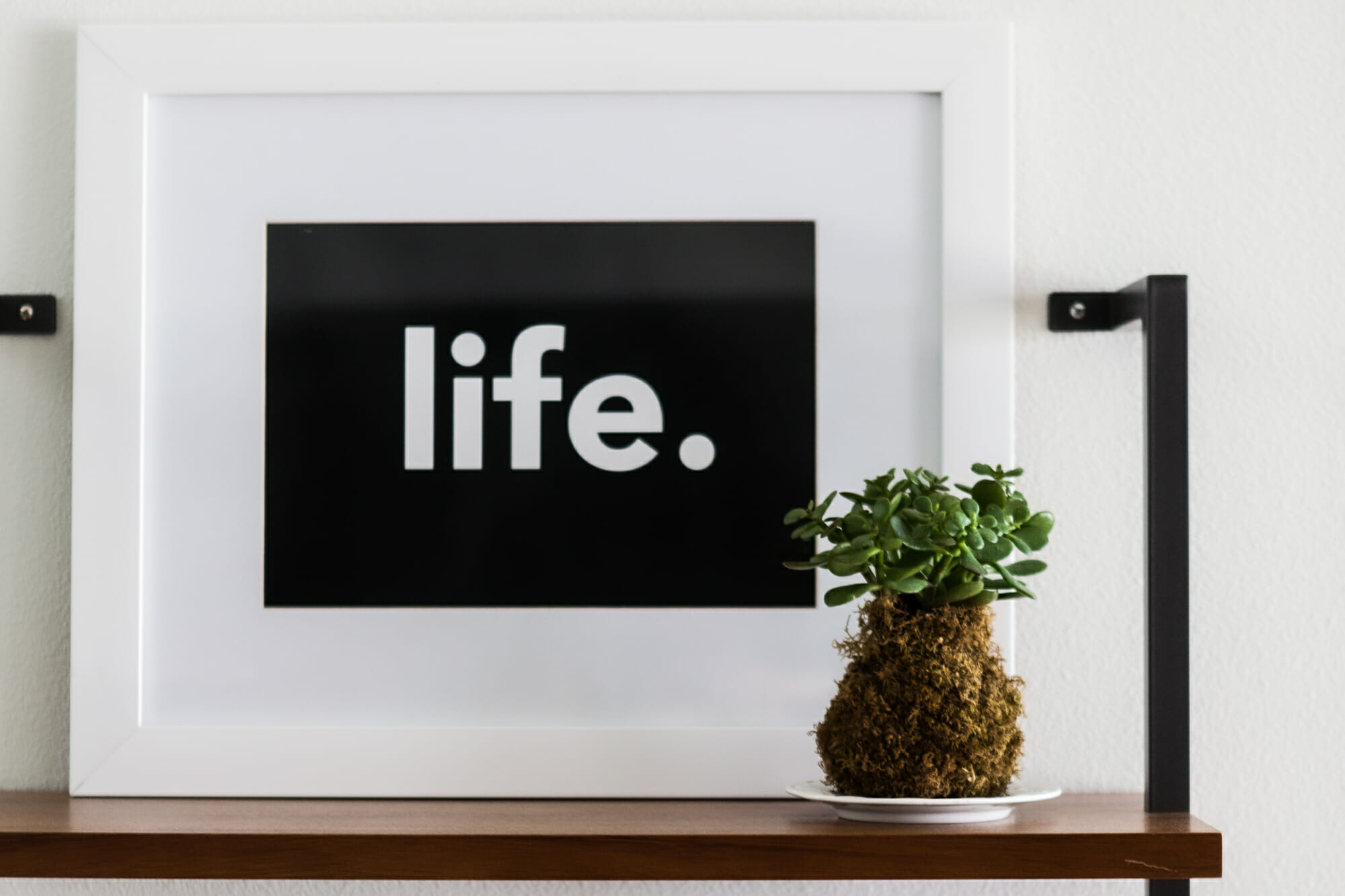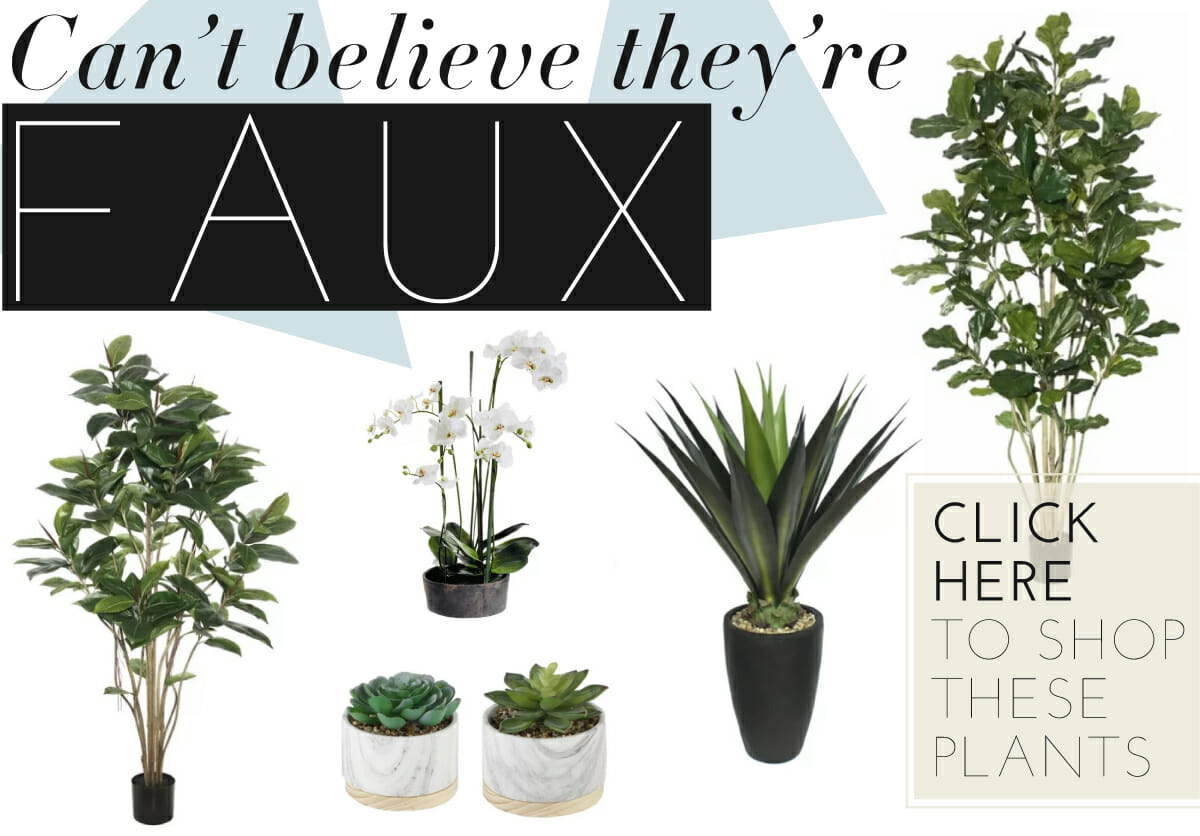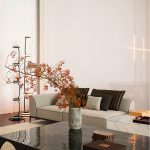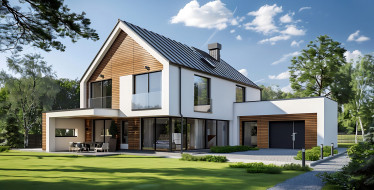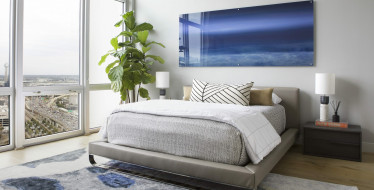I go to mother nature to be soothed and healed and to have my senses put in order.
– John Burroughs, American essayist
In the 1960s, German-born American psychoanalyst Eric Fromm termed “a passionate love of life and all that is alive” as biophilia. It was a term to describe a psychological attraction to all things living. The following decade, Edward O. Wilson applied biophilia to his study of biology. He believed that humans are drawn to the environments that used to support them, so our attraction to nature is a part of our genetic makeup.
Given this newfound biophilia hypothesis, people began studying the effects the natural environment has on the human psyche and overall health, and the results have been astonishing. In one study, people who spent two hours in natural environments reportedly felt more satisfied and had better health than those who did not. That’s just two hours! Another study, performed by the Univeristy of East Anglia, found that spending time in, or near, natural green spaces reduces the risk of type II diabetes, cardiovascular disease, premature death, and preterm birth, and increases sleep duration.

This is all very scientific, but how does it relate to interior design?

As designers, we don’t simply create beautiful spaces. Our mission is to improve the lives of our clients through our designs. While it’s true we can accomplish this by creating an aesthetically pleasing space with continuity, that’s not the only trick up our sleeves.
We can improve the overall health and well-being of our clients by implementing biophilic design. Oh, yeah — that’s a real thing! In fact, there’s an entire 56-page study strictly dedicated to it – the definition, the benefits, and the application of it.

COGNITIVE FUNCTIONALITY AND PERFORMANCE
Strong routine connections with nature can provide opportunities for mental restoration.
As a result, our capacity for performing focused tasks is greater than someone with
fatigued cognitive resources.
PSYCHOLOGICAL HEALTH & WELL-BEING
Experiences of natural environments provide great emotional restoration, with lower
instances of tension, anxiety, anger, fatigue, confusion, and total mood disturbances
than urban environments with limited characteristics of nature.
PHYSIOLOGICAL HEALTH & WELL-BEING
Physiological responses triggered by connections with nature include relaxation of muscles,
as well as lowering of diastolic blood pressure and stress hormone levels in the bloodstream.
Environmental stressors to the physiological system can be buffered through design, allowing for the
restoration of bodily resources before the damage occurs.

According to the 14 Patterns of Biophilic Design, “nature” doesn’t have to be defined in literal terms. The presence of biomorphic forms or natural materials in a space can also provide a connection with nature. For example, the design Belgium architect Victor Horta created for Hotel Tassel’s interior included curvaceous stairs, mosaics, railings, light fixtures, window details and other decorative elements that resembled the tendrils of a plant or vine.
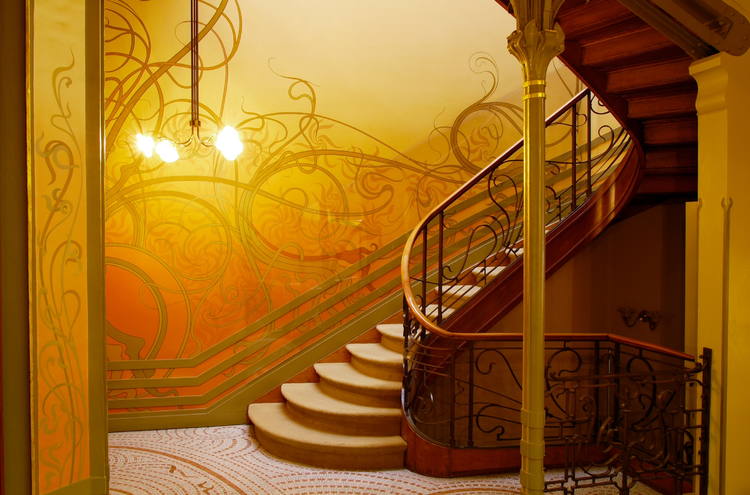
Victor Horta’s Hotel Tassel in Brussels, a perfect example of a biomorphic form
Nature also doesn’t have to be represented in visual form. It can be felt or heard. Some fans have a “breeze” setting that mimics the organic movement of a breeze rather than a constant, machine-like push of air. Interior water elements, like waterfalls or ponds, stimulate the visual system, yes, but the auditory one, as well.
Of course, the easiest, and therefore the best, recommendation we can give our clients and readers is to incorporate literal natural life into their homes. That’s right — get yourself some plants!
Whether they’re in our finalized 3D rendering or used as style items on installation day, we always incorporate plants into our client’s spaces. Something as simple as an orchid or succulent can transform how a room feels, and subsequently how the occupier of said room also feels.
And if you cringe at the thought of caring for real plants because you’ve yet to keep one alive, there are some great faux plants out there that will achieve the same effect — increase your overall health and well-being — and look elegant in your space!
Do something for yourself and add some of nature’s green to your space. You deserve it!

Love the look of orchids but can’t seem to keep them thriving?
Read our blog on Orchid Care!



